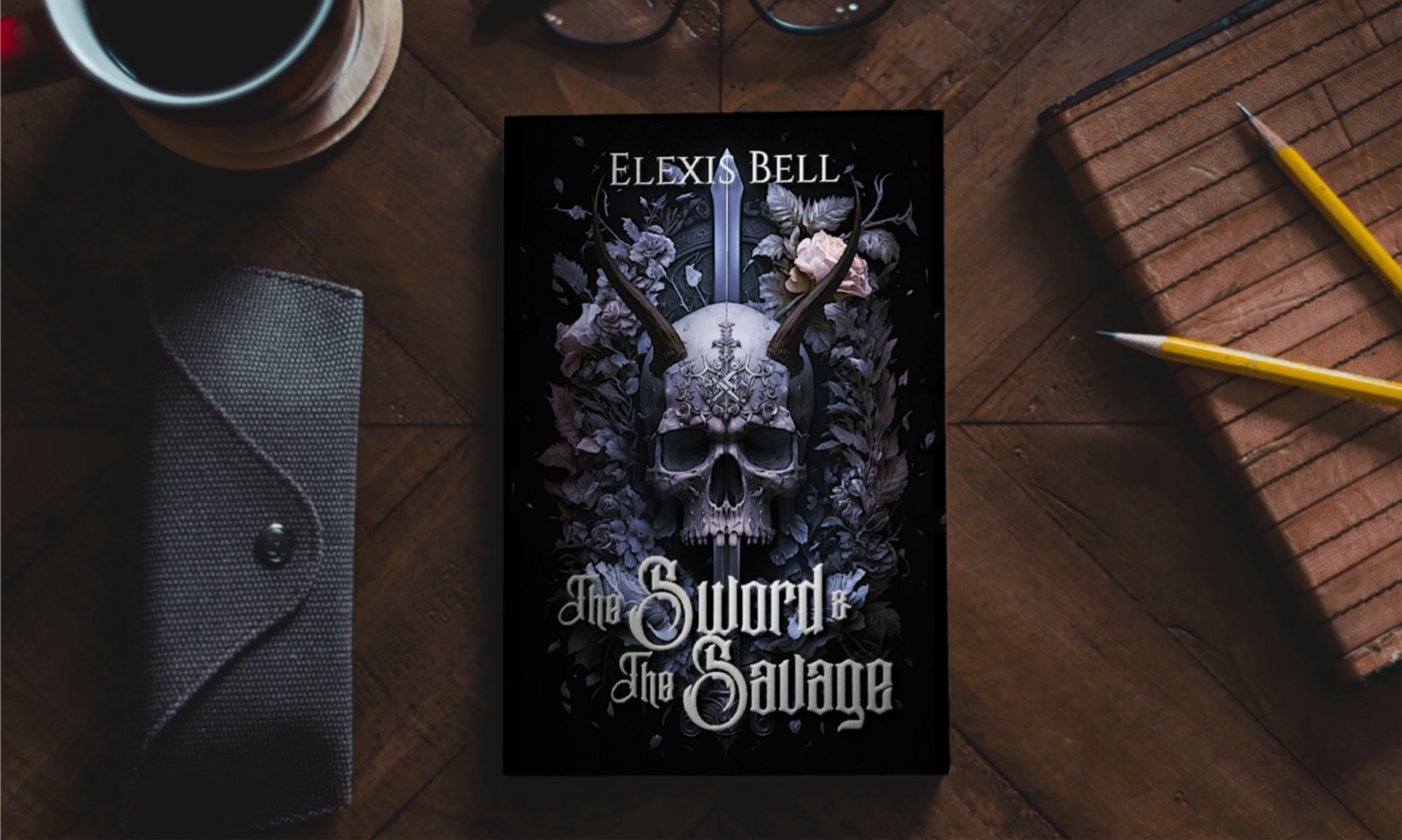Everyone always talks about the deeper meanings in books, and though I never start writing with a specific theme in mind, these things always find their way in.
So today, I want to discuss some of them with you.
Of course, there are the obvious ones. Good vs evil, love and redemption, revenge and second chances. Isolation and war, forgiveness and religion. All the big ones.
But there are others.
One of the biggest themes is the importance of growth and change. Two of the MCs (Ness and Nolan) are exes, star-crossed lovers, of sorts. They both have their faults, and each played their role in breaking up their relationship.
But people aren’t stagnant, never should be stagnant. So, we see them confront some of their issues, facing down the demons (pun intended, since demons are actually in this book) that wore them down (as individuals) in the first place, so that things might work better in the future.
Which brings me to another theme.
The differences between self-perception and how others perceive you.
With the vast majority of people, there’s a gap between these two things. Arrogant fucks tend to think far higher of themselves than others think of them. They see only their own strengths and don’t understand why others don’t worship them.
People with depression or anxiety disorders tend to think far lower of themselves than others do. They see only their own flaws, never seeing their strengths, and this creates a discrepancy, one that other people don’t always know about. If they know about it, they may not understand because the person they see is wonderful.
The downtrodden, self-destructive type shows up in this book.
Ness is… hurting. She believes herself to be inherently broken, less than. Nothing she ever does for anyone is enough to meet her standards. Nothing she says is kind enough. She’s so hung up on being half demon, so focused on the rage and the fury that could send her on a rampage if she lost control, that she fails to see all the good she does or just how well she controls her half-demon heart.
And she certainly doesn’t feel like she deserves love or happiness. And it takes her a long time, and some pretty extreme circumstances, to even realize that people might actually care about her.
Mainly because she doesn’t see herself (or her actions or motivations) accurately. Her childhood kinda skewed her perception of herself.
Being raised by your mortal enemy, a member of a religious sect sworn to kill you on sight who was bewitched to raise you, can do that to a person.
Which brings me to yet another theme.
The importance of being self-aware.
It’s awfully hard to grow and improve yourself if you don’t know where your issues lie. And it’s pretty hard to have the motivation to improve if you think you’re the worst person alive.
Acknowledging flaws and strengths alike is important for growth as a human being. Analyzing why you’re really doing something, rather than just taking all your actions at face value, is a necessary step. Otherwise, you’re likely to end up doing the wrong thing for the right reason or vice versa.
Motives can taint actions.
Being the hero because you need to be the hero… Yeah, people get saved. But maybe there was someone better suited to the task that stepped back because you needed to do it? Maybe other people are suffering because you had to be the one to fix something?
That’s one of the biggest problems for Nolan.
Elias also lacks self-awareness, but where Nolan has already started seeing and fixing things, Elias is barely aware that there’s a problem at all. His impulses drag him into a lot of situations that would have been better off left alone, and through the magic of luck, he hasn’t faced many consequences yet.
Running into vampire territory can change that pretty quickly, though.
And that’s just some of the character-related themes. There are others, and the world has its own themes.
Emotion vs. intellect is a big thing as far as magic and the afterlife are concerned in this book. Not to mention just how diluted and corrupted views of the afterlife can become when humans get involved, organizing it into neat little boxes with hard and fast rules that fit their particular motives.
That may seem like a lot to cover in one book. But life never tries to teach us just one thing at a time, and it never tries just one tactic for breaking us.
Lessons and traumas tangle together, piling one atop the other.
In life and literature.
If you want to watch these themes unfold amidst immortals and mortals in a magical world, if you want to get to know the characters and their lives, check out A Heart of Salt & Silver here:
mybook.to/AHeartOfSaltAndSilver
Keep reading. Keep writing.
Later.
